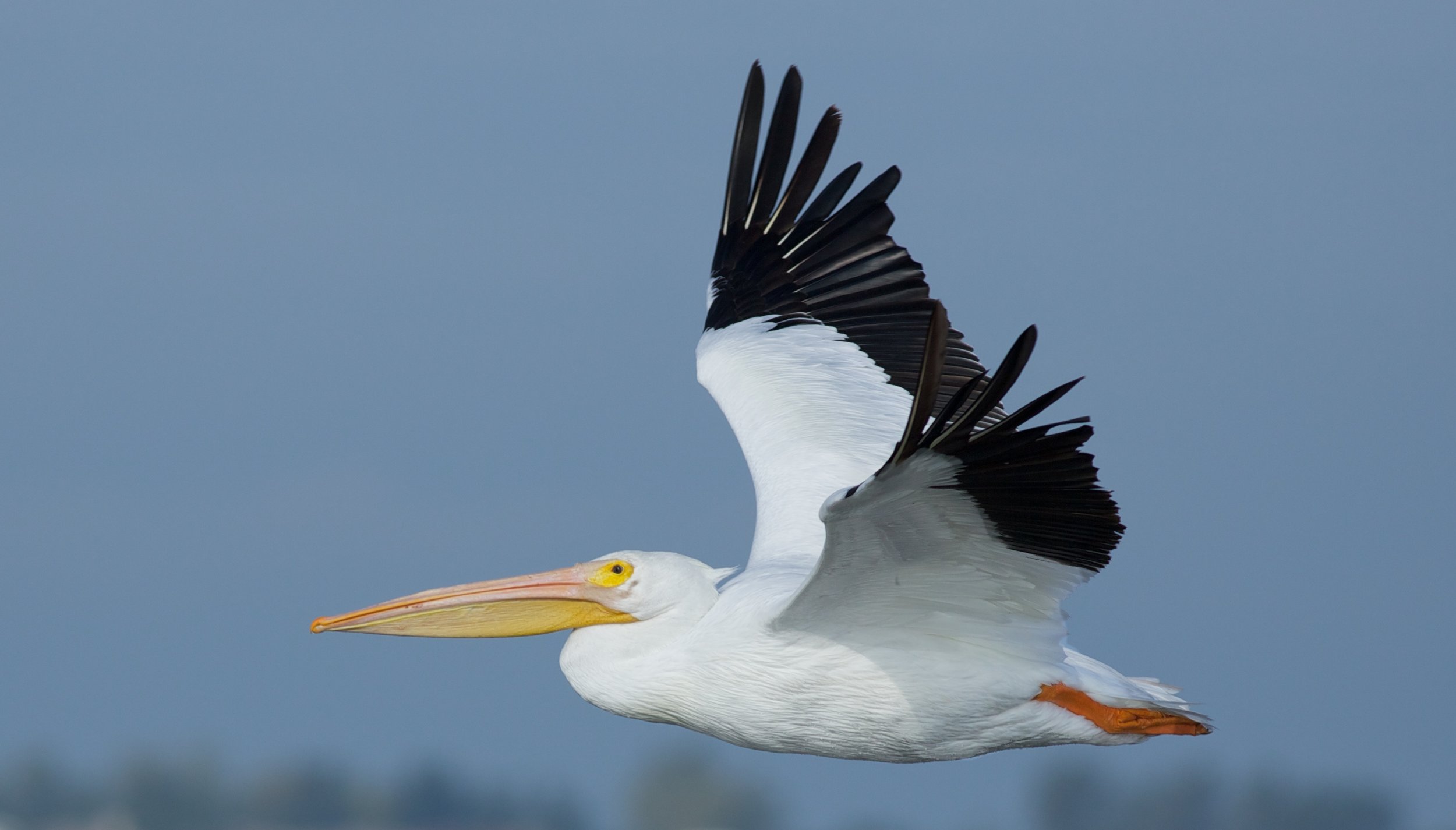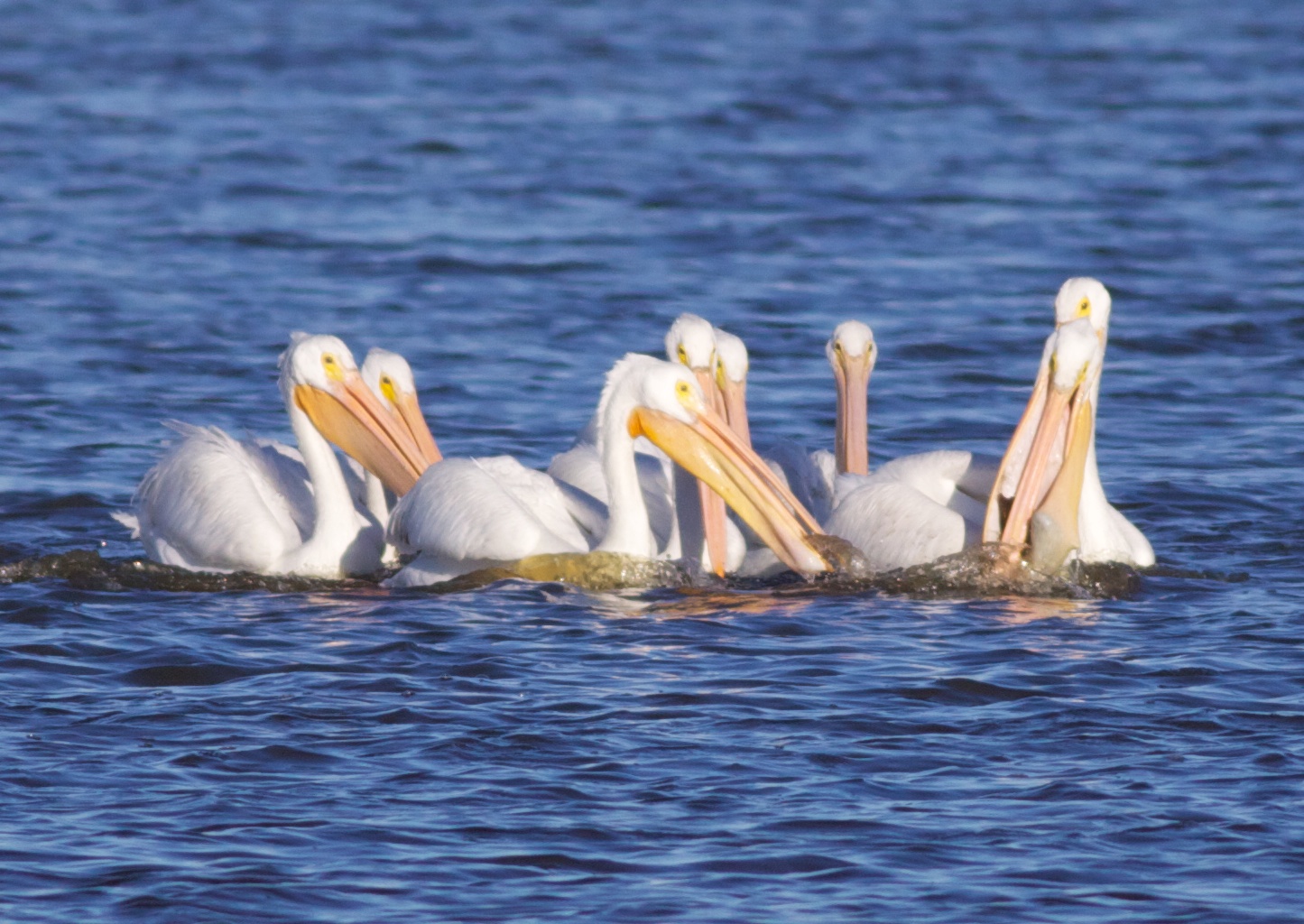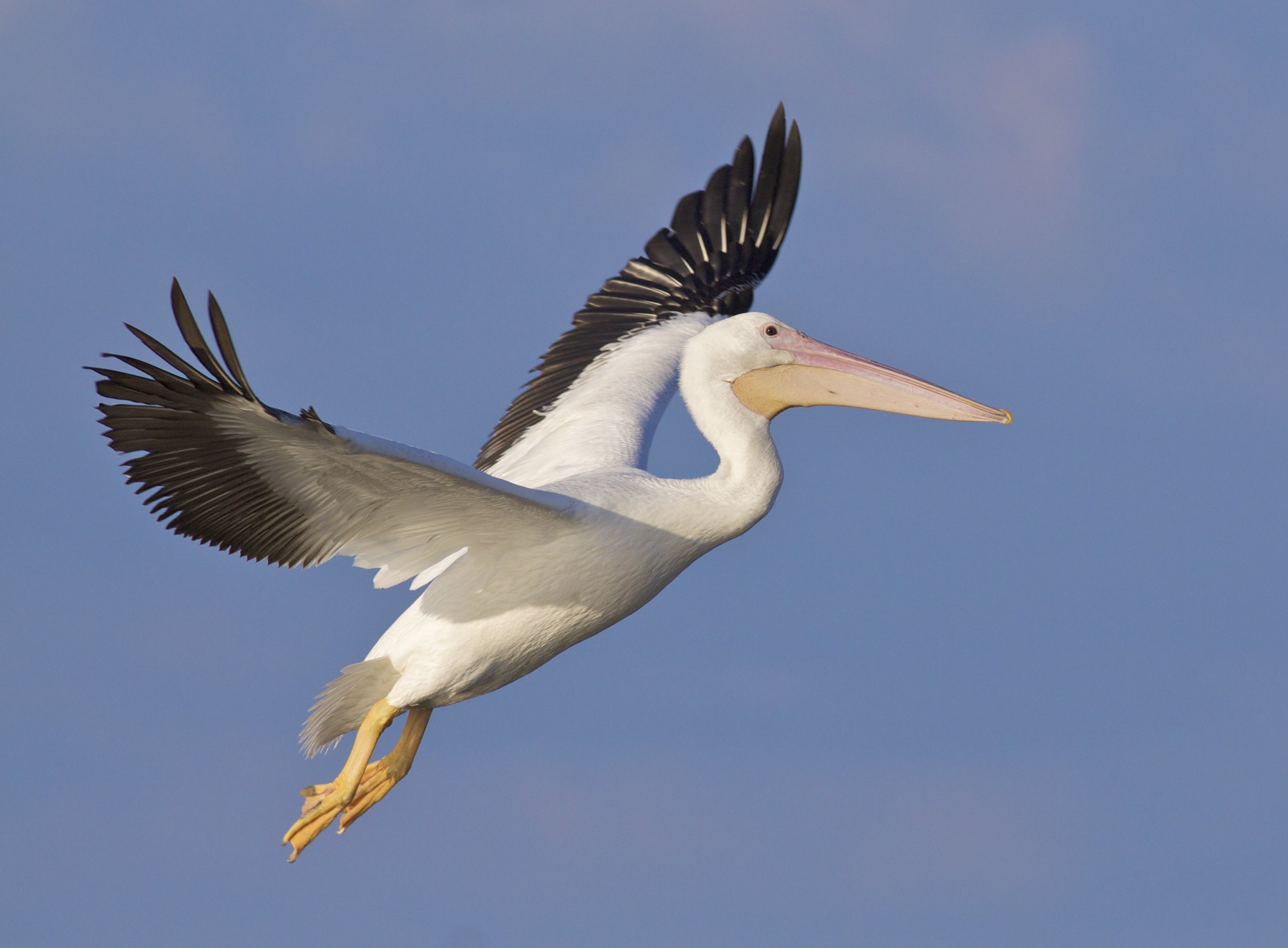The Tennessee Warbler flies through a Midwestern spring, making itself known with its surprisingly loud “tip tip tip tip tip sippp sippp sippppp ti ti ti ti ti” song. A flock of dozens of these warblers will soon make a birder search for other species, and the full helping of the Tennessee Warbler is soon forgotten. On these dazzling spring mornings, the Tennessee Warbler is often but a overabundant appetizer, say cheese and crackers, to the buffet of warblers to be had. However, as May wanes, so does this warbler, and soon it is gone, and often unseen, until spring returns.
Tennessee warbler, photo by Jeff Bryant
However, right now marks an excellent time to catch that Tennessee Warbler once more before it makes its way south to its namesake Volunteer State (where it only migrates through) and even further south to South America.
Once in South America, this warbler will often reside in shade-grown coffee plantations, where abundant flowering trees provide plentiful insects and nectar. This habit led ornithologist Alexander Skutch to suggest “coffee warbler” as an alternative to the misnomer of Tenessee Warbler.
Shade-grown coffee plantation, photo by Marshal Hedin
In reality, these are birds of the high northern latitudes, breeding in openings of the boreal forest. Nests are constructed in hummocks of sphagnum and sedges, and because the spruce tree is a characteristic boreal tree, a favorite menu item of the Tennessee Warbler is the spruce budworm, which can break out and defoliate forests of spruce.
Some forestry operations in Canada will spray entire forests with insecticide in order to inhibit the spruce budworm, and more recent advances have led to lepidoptera-specific insecticides. Researchers in Canada have sought to understand whether this spraying affects the Tennessee Warbler, and have discovered that the females will alter feeding behavior in sprayed areas, and as a result will spend less time tending to their brood. However, no negative effects were found on the brood survival. Whether the long-term effects of this spraying will reduce populations of Tennessee Warblers remains to be seen, but their population is stable for now.
Tennessee warbler, photo by Russ Wigh
Again, it’s very rare for the bird to breed in Wisconsin; in the second Breeding Bird Atlas, birders only coded two Tennessee Warblers as “probable” for the entire state of Wisconsin. But these warblers are abundant for the moment, and you might find them in woodlands throughout the state as they make their way south, hopefully to a nice sustainable coffee plantation.
Written by Drew Harry, Faville Grove Sanctuary land steward






















